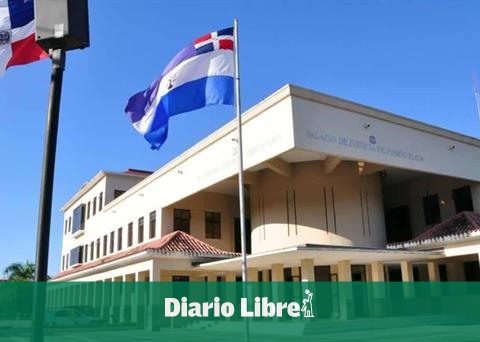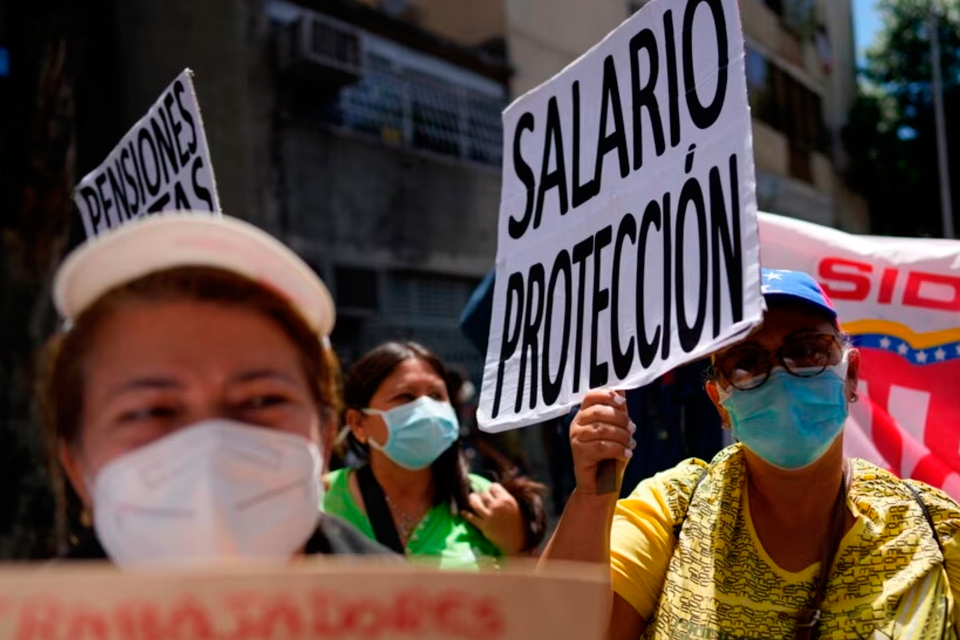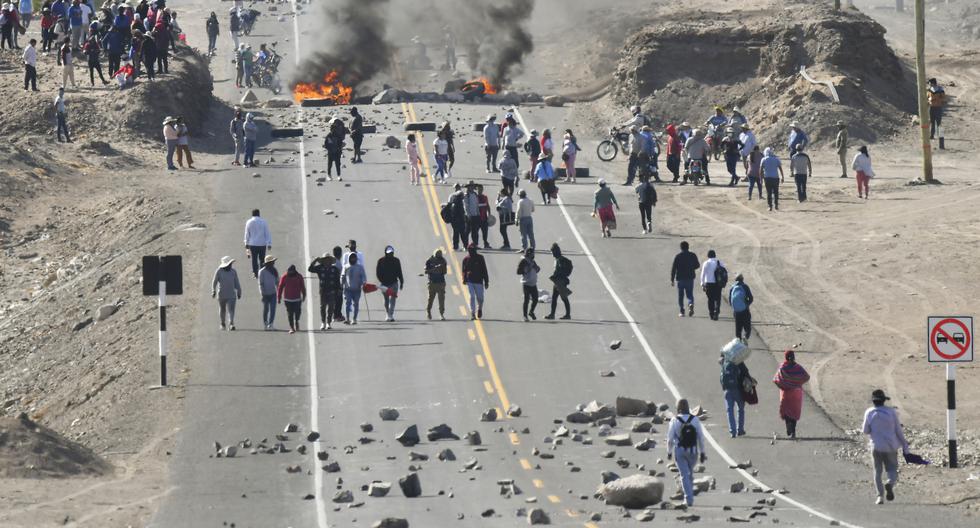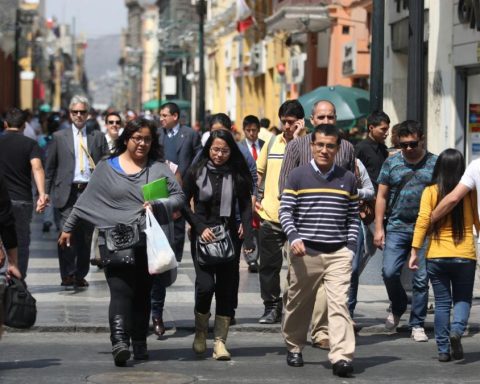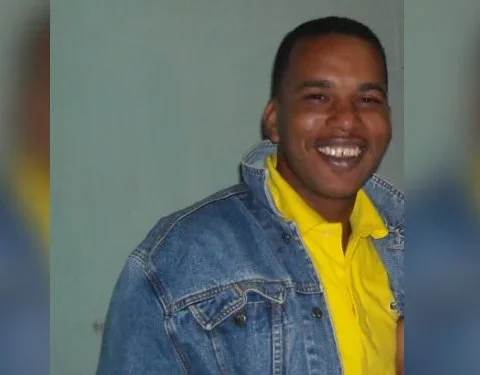Mahatma Gandhi said that “there is no path to peace: The peace is the way”.
A difficult road to build, especially for the little ones whose peace depends on their environment, including the school.
This is why this day is celebrated on January 30, dedicated to commemorating a culture of non-violence and peace in educational centers.
The creation of the School Day of Non-Violence and Peace in 1964 is thanks to the initiative of the Mallorcan teacher, poet and pacifist Llorenç Vidal, who decided to bring to the classroom the thought of Mahatma Gandhi, nationalist and spiritual leader of the India.
The choice of the date to celebrate this event is related to the anniversary of the death of this emblematic leader, who represents the main figure of peaceful resistance in the world.
For Gandhi, peace was not just an accommodating stance to avoid conflict. He argued that peace was the only path that human beings should follow, to avoid violence and injustice in the world.
In this sense, the United Nations Educational, Scientific and Cultural Organization (UNESCO) recognized this event in 1993, highlighting the need to promote values of solidarity, respect for Human Rights, non-violence and peace, using Education as an instrument.
Why is a School Day of Peace and Nonviolence so necessary?
Currently there are many conflicts of various kinds that are arising in the world. Children and young people are constantly being exposed to information with texts, data, infographics, among others, that reflect an increasingly violent reality and content.
In addition to this, behaviors such as bullying in schools, cyberbullying and digital ridicule contribute to generating emotional insecurity, low self-esteem and, in extreme cases, suicide in children and adolescents due to not having the adequate psycho-affective tools to deal with these situations.
With the celebration of this event, it is intended to instill and strengthen values in children and young people of school age, with the aim of training men and women who prefer to talk instead of hitting, conciliate instead of shouting, and unite in opposition to competing fiercely against each other. others. This is what is known as a culture of peace.
Peace Day, due to its general theme of non-violence, conflict resolution and coexistence, can be worked on at all educational levels from Early Childhood Education to Baccalaureate.
SOURCE: UNICEF



